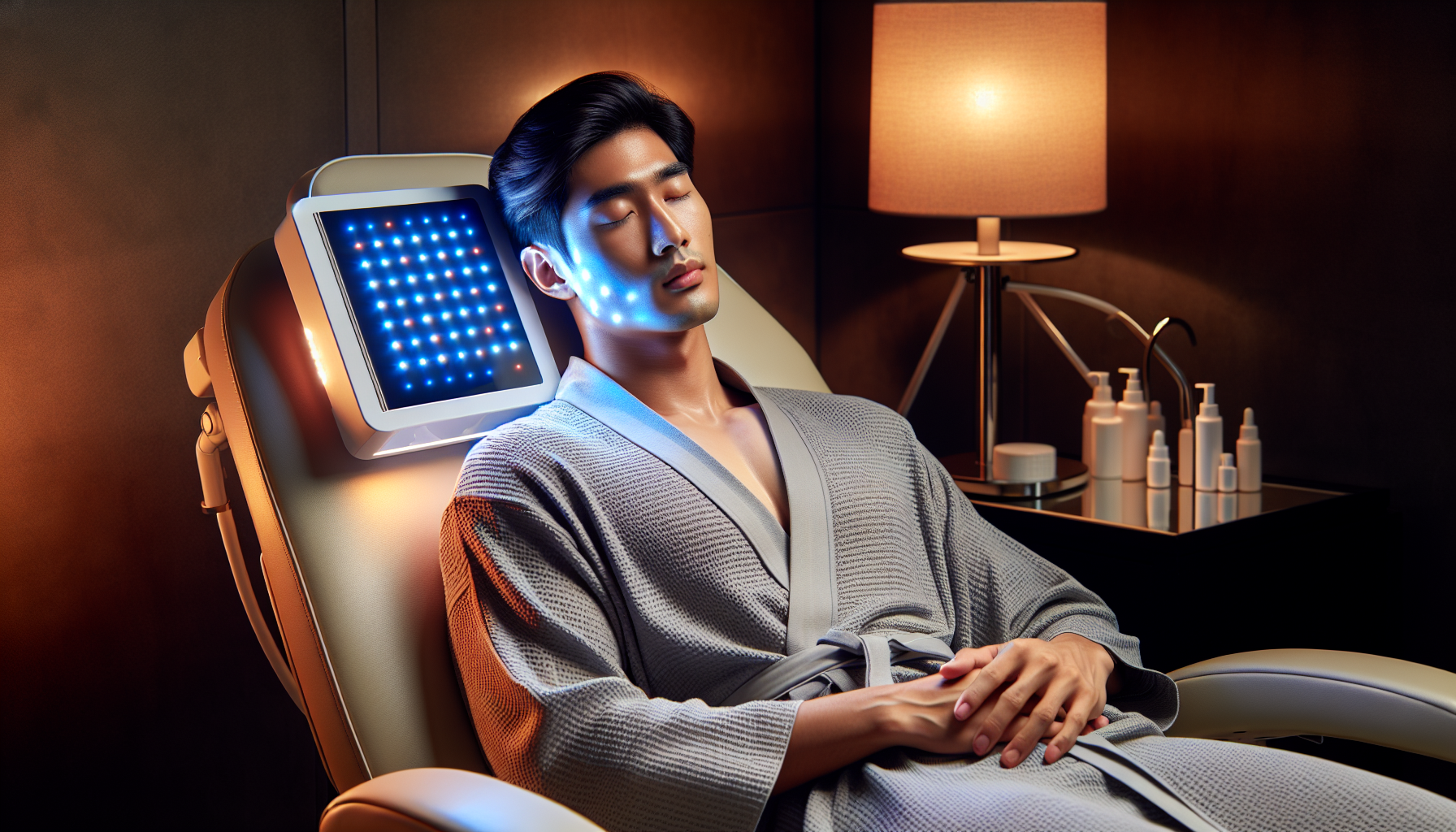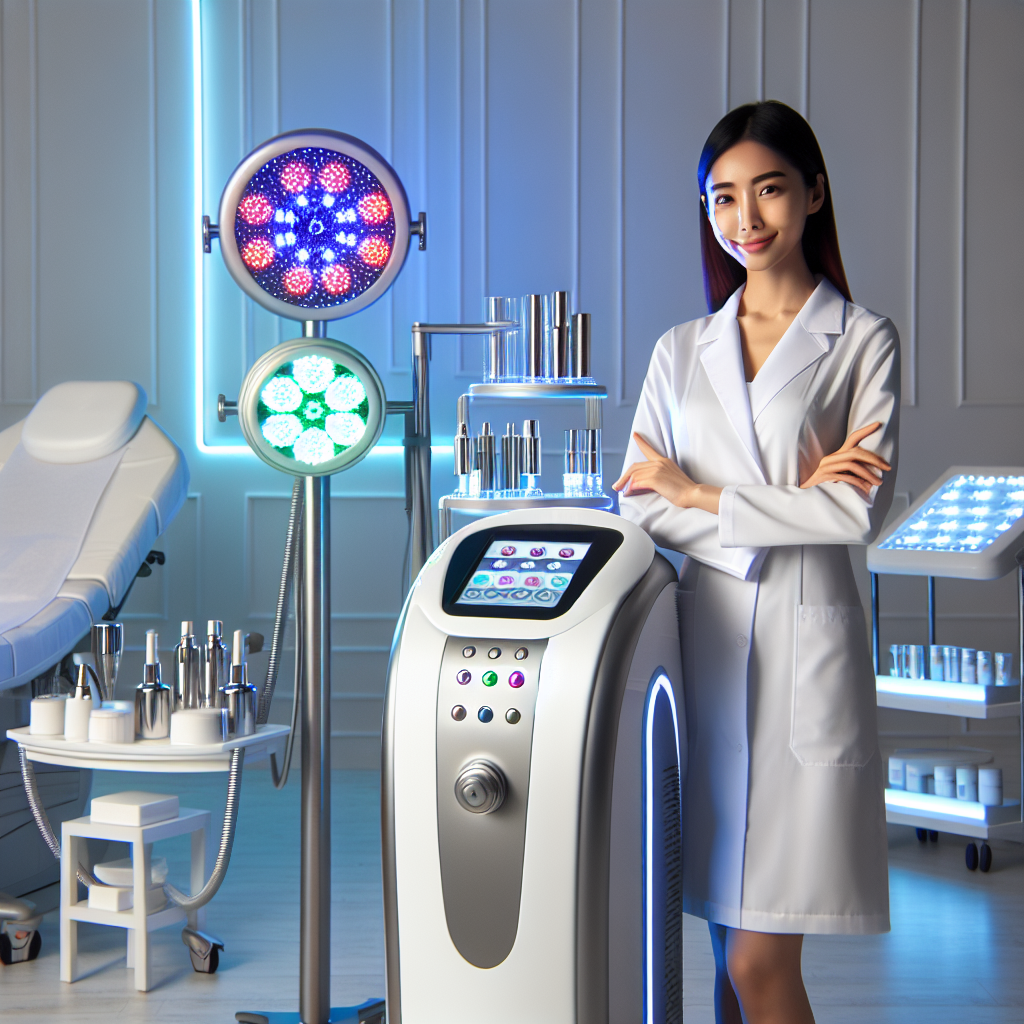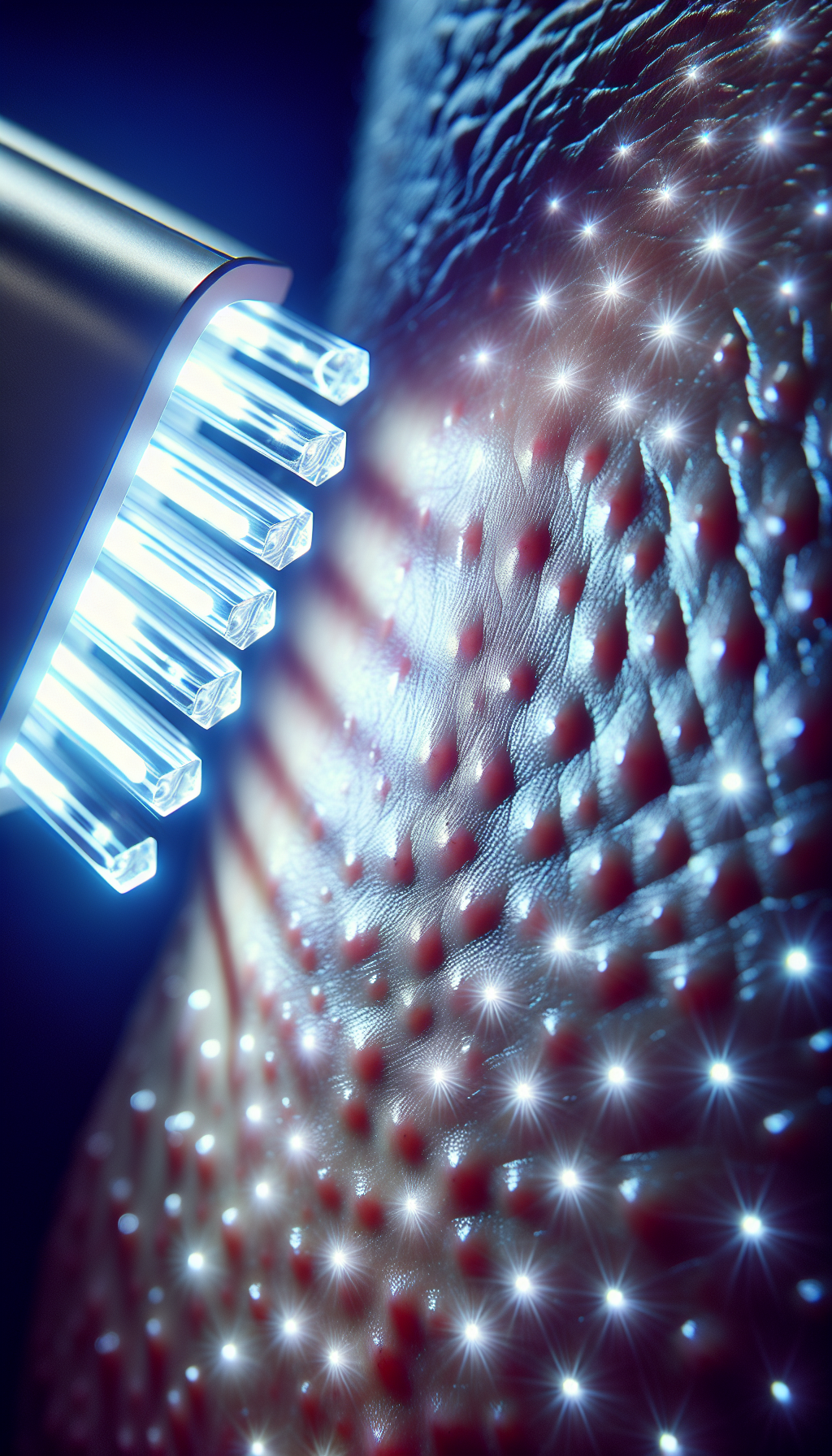Light Emitting Diode (LED) light therapy is becoming an increasingly popular skin treatment, known for its non-invasive nature and wide range of benefits. Unlike ultraviolet rays, LED lights do not cause burns on the skin; instead, they are used in varying wavelengths to permeate deep into the skin layers and offer therapeutic benefits. This article dives into the science behind LED light therapy and its numerous advantages for maintaining optimal skin health.
Understanding LED Light Therapy
LED light therapy utilizes varying colors of visible light, each with its unique range of wavelengths, to trigger specific responses in the skin. The most common colors used are blue, red, and near-infrared, each serving a different purpose. Blue light has antibacterial properties and is often used to treat acne. Red light stimulates collagen production, which can reduce the appearance of fine lines and wrinkles. Near-infrared light goes deeper into the skin to promote healing and reduce inflammation.
Benefits of LED Light Therapy
Anti-Aging Effects
One of the most sought-after benefits of LED light therapy is its ability to combat the signs of aging. Red LED light, in particular, has been shown to boost collagen and elastin production, which are essential proteins for maintaining skin’s elasticity and firmness. By enhancing collagen production, LED light therapy can help diminish the appearance of fine lines and wrinkles, providing a more youthful complexion.
Acne Treatment
Blue LED light operates at a wavelength that can kill acne-causing bacteria called Propionibacterium acnes. This bacteria is sensitive to blue light and is eradicated upon exposure, reducing the occurrence of acne. Moreover, LED therapy can help in regulating oil production, which is a contributing factor in the development of acne.
Healing and Pain Relief
Near-infrared LED light can penetrate deeper skin layers, promoting wound healing and reducing inflammation. It can be particularly beneficial following more invasive procedures like surgery or microdermabrasion, as it helps the skin recover faster. Additionally, this form of therapy can alleviate pain caused by inflammatory skin conditions.
Treating Pigmentation
LED light therapy can also have positive effects on skin pigmentation. The treatment can reduce the production of melanin, the pigment responsible for skin color, which may help in lightening dark spots and hyperpigmentation. It can lead to a more even skin tone and improved skin clarity.
Reducing Inflammation
Inflammation is a natural response of the body to injury or infection, but chronic inflammation can lead to skin issues. Near-infrared light therapy has been found to reduce inflammation and can be beneficial in treating conditions like psoriasis and eczema.
Skin Rejuvenation
LED light therapy is also known for its overall skin rejuvenation effects. By stimulating the skin’s natural repair processes, it can enhance complexion, improve skin texture, and give the skin a healthy glow.
How LED Light Therapy Works
When the skin is exposed to LED lights, photoreceptors in the skin cells absorb the light energy. This absorption stimulates the cells to produce adenosine triphosphate (ATP), the energy currency of the cell, which in turn can speed up cellular processes such as repair and renewal. Increased ATP also energizes the fibroblasts to produce more collagen and elastin.
Combining LED Light Therapy with Other Treatments
LED light therapy can be used in conjunction with other skin care treatments to enhance results. For instance, using moisturizers suitable for different skin types after LED therapy can help lock in hydration. Furthermore, incorporating peptides in skincare routines post-LED treatment can further assist in skin rejuvenation and repair.
Safety and Side Effects
LED light therapy is considered safe for most people and does not have the harmful UV rays that can cause damage to the skin. However, individuals with certain conditions like lupus or photosensitivity should consult a healthcare provider before undergoing LED therapy.
Professional vs. At-Home LED Light Therapy Devices
While professional LED light treatments are available in dermatology clinics, there are also numerous at-home devices that can be used. Professional treatments might be more intense and offer quicker results, but at-home devices are a convenient and cost-effective alternative for maintenance and ongoing care.
Best Practices for LED Light Therapy
To get the most out of LED light therapy, it’s important to follow a few best practices:
- Ensure the skin is clean and free of makeup before treatment.
- Protect the eyes with safety goggles or shades provided by the device.
- Follow the treatment schedule recommended by the device or skin care professional to achieve the best results.
External Resources for Further Reading
- A study on the effects of LED light therapy on skin rejuvenation
- Research exploring the antibacterial effects of blue LED light
- An analysis of LED therapy for acne treatment
Conclusion
With an array of benefits and a strong safety profile, LED light therapy is a versatile treatment that can address multiple skin concerns. By stimulating cellular activity, reducing inflammation, and combating bacteria, this therapy stands out as an effective option for those looking to improve their skin health. As with any skin treatment, it’s essential to consult with a dermatologist to determine if LED light therapy is the right choice for your skin type and condition.
Incorporating LED light therapy into your skin health regimen, along with other recommended practices like nighttime skin care routines, can lead to a significant enhancement in skin appearance and health. As technology advances, we can expect even more innovative ways to harness the power of light for skin care.



